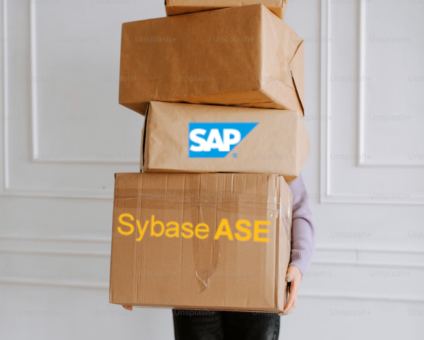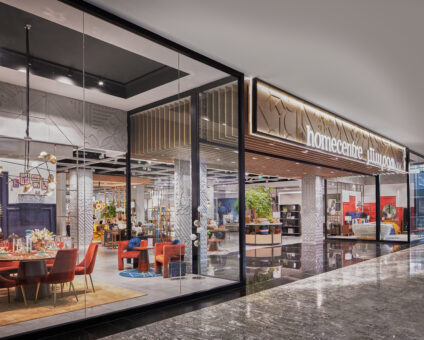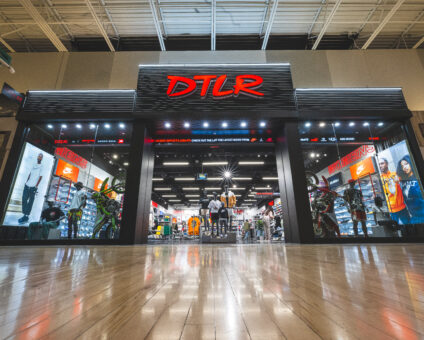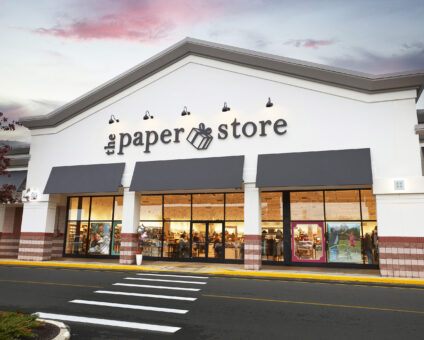Physical retail is still where the magic happens. According to new research by RSR, 85% …
Product Inquiry: Bringing eCommerce Search to the Store

All sales start with a search.
A retailer can do everything right – offering attractive stores in popular locations, procuring high-quality items, and offering them at competitive prices – but customers will only buy the products they can find.
Brick-and-mortar retailers had long relied upon a simple proposition: if you can see it, you can buy it. But increasingly, ensuring customers are able to locate what they want isn’t merely a matter of strategic allocation of limited shelf space. The eCommerce revolution has instilled in customers an expectation of, and comfort with, “sight unseen” purchases. As we saw previously with Jumpmind Commerce’s Endless Aisle solution, this means blurring the lines of physical, customer-facing products with those offered by the retailer from other stores or warehouses.
“If you see it, you can buy it” is no longer a viable retail philosophy. Customers will spend their money on the products they can find, and that means they need modern tools to find them. That’s just what Jumpmind Commerce’s Product Inquiry feature provides.
But we’ve already got a search bar. Isn’t that enough?
As customers grow increasingly to expect stores to offer the conveniences they enjoy while shopping online, the answer to this question tilts inexorably towards “no”.
Search bars offer a simple text-based query mechanism. A user enters one or more terms – names, descriptions, identifiers, and other product properties – and the POS presents all products in the retailer’s catalog which satisfy those terms. If the user is not satisfied with the results, their only recourse is to modify the search terms and hope for matches more to their liking.
This “question and answer” model is simple but effective. And, so long as it generates a sale, it’s often an adequate solution to the “find” challenge.
But what happens if the search doesn’t produce a result that interests the customer? Worse, what if your catalog has precisely what they’re looking for, but the search terms they chose didn’t quite match up with the way the product is configured? What if you have hundreds or even thousands of products that satisfy the same search query, and your customer is overwhelmed with matches that don’t interest them and gives up in frustration? What if they’re only interested in products priced below a certain threshold, or in any other qualification not supported by the query engine?
How does Jumpmind Commerce’s Product Inquiry feature help?
A search bar asks a single question and provides a single answer. A Product Inquiry, by contrast, engages the user in an evolving, structured conversation.
Product Inquiries answer all the search bar’s challenges and limitations by allowing the user much greater flexibility in expressing the characteristics of the products they desire. It also enables the user to respond iteratively to the changes in a result set as each additional criterion is identified.
Products are assigned to one or more categories arranged in a hierarchy. The user then “drills down” through these categories, with each selection narrowing the set of products available for selection. Additionally, the properties of all products within a result set are interrogated and converted into filters that expose all property/value combinations exhibited by those results. The user can select any number of filter options, with each selection producing a new result set containing only those products exhibiting all selected options. In this way, the user exerts fine-grained control over the entire experience of finding a product.
Too many shirts to wade through? I’m only interested in polo shirts. Red ones. Available in size “large”. Oh, none of these shirts are what I’m looking for, so I’ll select some additional colors I like and see what comes up.
The customer, and not the POS, decides when a product set is sufficiently curated, resulting in a more satisfying interaction and one more likely to not only end in a sale but to foster ongoing loyalty to the retailer.
How difficult is it to configure my data to support Product Inquiry?
In order to take advantage of all JMC’s Product Inquiry feature has to offer, a retailer’s existing product data needs only to be augmented to provide a few additional pieces of information:
- A set of product “categories” is arranged in a single-parent, top-down hierarchy, along with the assignments of each product to the category or categories to which it belongs. Each category expresses a higher degree of specificity than that expressed by its “ancestors”, and the user is presented with new levels of the hierarchy as they select each category.A retailer which sells clothing, for example, may configure a hierarchy that includes a “clothing” category having a “shirts” child and a “dress shirts” grandchild. If the user selects the “clothing” category, they’ll be presented with all products assigned to the “clothing” category, along with any products assigned to any of the “clothing’s” subcategories. If they then select the “shirts” category, the result set will be narrowed to only those products assigned to the “shirts” category and any of its subcategories, and so on.
- The filterable attributes for each product. These determine the set of filter options available to the user when viewing a result set. If that result set contains three products assigned a “brand” attribute of “A”, “B”, and “C”, respectively, the user will be offered a “brand” filter from which they may select “A”, “B”, and/or “C” in order to curate those results further.
Jumpmind Commerce, along with our Metl solution, supports integrations with numerous ERP, inventory management, and product catalog systems to fully empower a retailer’s vision for the Product Inquiry feature.
We bring the online revolution to the brick-and-mortar world.
The influence of eCommerce and the sea change in what customers expect from their shopping experiences are here to stay. In order to thrive in today’s world, retailers need to adapt constantly to rapidly-evolving demands, technologies, and paradigms. Jumpmind Commerce offers solutions – like Product Inquiry – on the leading edge of meeting these challenges.


















